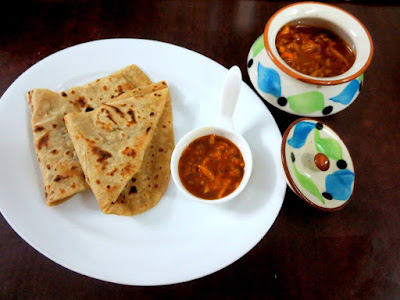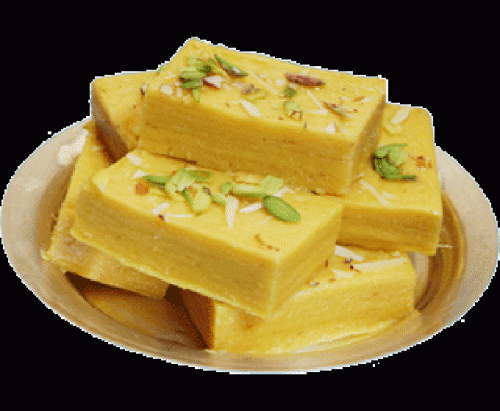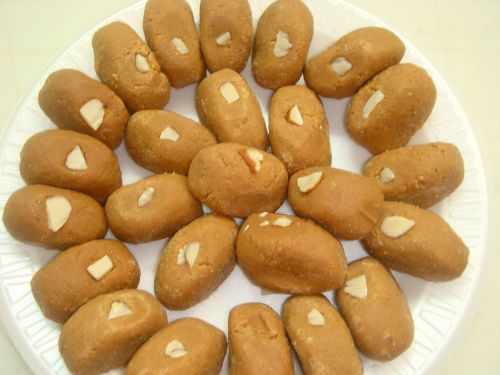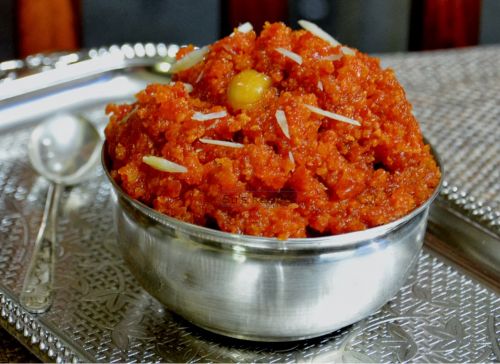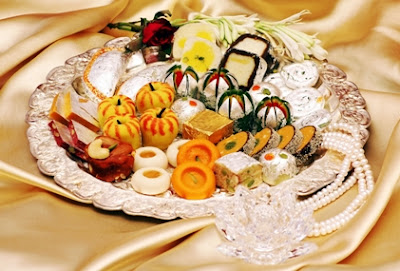Someone has rightly said, “It’s the little things in life which matter the most”. Surprised? An example of this is the jar of pickle which you find on your dining table every day. Ever wondered the story behind it? Threading back and intertwined with the history of the nation which is now called India, pickling began a staggering 4000 years ago in our country itself.
Over the centuries food items used to be pickled in order to
keep them from spoiling, long before refrigerators and ice boxes came into the
picture. Imagine going on a long journey without food outlets and canned items,
or if you were on a ship and won’t see land for months altogether? How would
you keep food fresh and edible then? Our ancestors came up with an interesting
solution to this- by immersing it in salt and oil, preventing its oxidation and
therefore food items would remain fresh for months rather than a few days.
Related: Just Juice it - Health Benefits of Juicing
Related: Just Juice it - Health Benefits of Juicing
Nowadays pickles are created by immersing fresh fruits andvegetables in an acidic liquid or saltwater brine until they are no longer considered raw or vulnerable to spoilage. In addition to being an integral part of every Indian household, pickles have been famous in colder regions like Ukrain, Poland, Lithuania and Russia especially among the Jewish community who preferred the pickles for their longevity as well as the sharp flavor they provide against the monotony of bread and potato diet of these colder countries. From these countries, pickle began its long exodus to the golden land of America along with the Jewish refugees and immigrants.
Pickle has gone around the world and yet the love it receives in India is unparalleled. A proper Indian meal can never be complete with the homely achar to spice up the humble dal chawal (rice and pulses) and Chole Bhature would not be the same without gajar ka achar! Not only gajar, we derive great pleasure and pride in making different types of pickles using different fruits and vegetables and even more variety of techniques used to make them! The variety is so diverse that it becomes difficult to believe that the sweet Chunda mango pickle of Gujarat is the same as the spicy avakkaya pickle made in Andhra Pradesh. As the country of its inception, India is unrivalled in the quality of its pickles and several are exported to countries such as United States, Europe, and Japan.
With new varieties coming up every day, making a choice can
be difficult. Moreover, the hectic life of a metro city leaves no time to
prepare it at home. Fortunately technology has an answer to this dilemma as
well! You can now order pickles online from several reputed websites like FoodFeasta.com
and choose among a wide variety of hygienically prepared pickles, all of which
can be delivered to your home at the click of a button!



